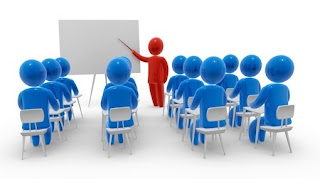Lesson 17: Tablets for Textbooks in Schools
This lesson discusses about the tablets being a replacement to textbooks in classroom setting or in the teaching-learning process. Today, books are still the primary medium of instruction in most schools. Yet, there is a disadvantage of using books for learning that are being debated upon. The errors in public school textbooks have also been exposed, errors resulting from wrong information, technical mistakes and editorial lapses. Today, technology is being viewed as a savior because the students are enamored by computer games. By that, the educators have begun to think that the computer screen can very well serve as a power point educational medium.
As to the application, future educators cannot meet this if they are assigned to the public or government schools as well as not all private schools will agree to this. So, for us it would be a challenge on how we find alternative ways upon integrating technology in the teaching-learning process for the students to learn far better. We can employ different activities and strategies that will cater the lesson as well as the objectives that will not solely based on textbooks or the students keep on reading with their textbooks without comprehension. But we should not also close our minds that someday all the textbooks will be replaced by tablets or even by the technologies that are being planned to be created for the new millennium learners. By that, we should always be prepared because whether we like it or not, these inventions will stay and progress from generation to generation.




